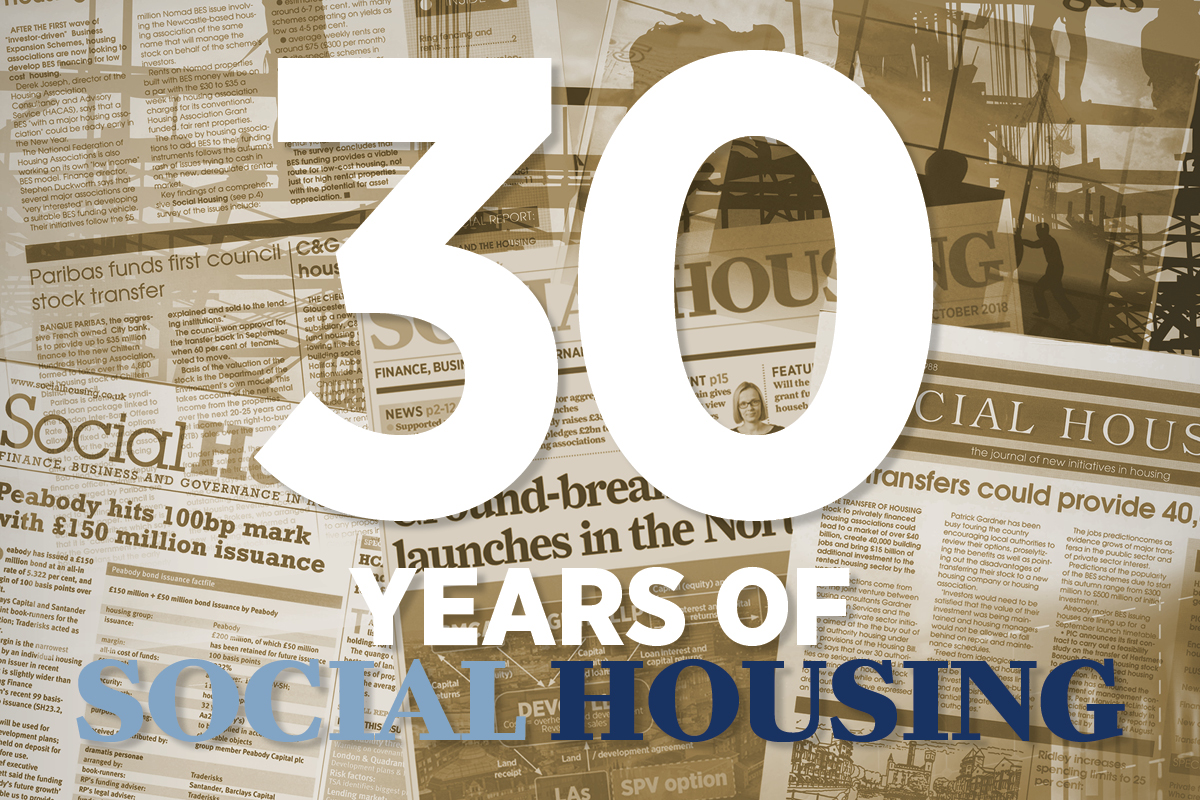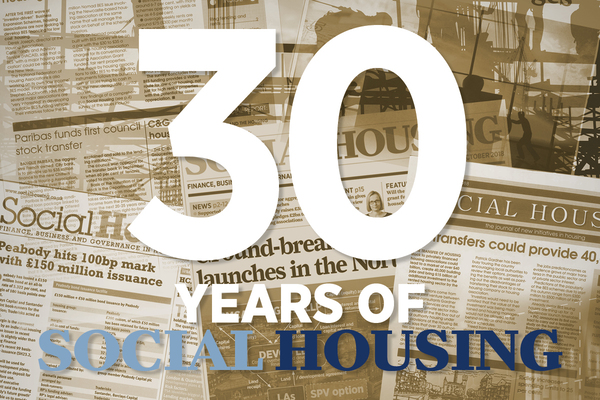The next 30 years of social housing: resilience means creating places people want to live
Associations’ unique blend of social mission with organisational scale, flexibility and professional excellence makes them primed to meet the housing needs of the future, writes Zafrin Khan-Wheatley

Predicting the future of housing associations is no mean feat, with a fog of ambiguity that can be tough to peer through.
On the demand side, we know that more homes – and more affordable housing – will be needed by a UK population forecast to grow to 72.9 million by 2041.
However, those of us working in the sector will recognise the factors affecting supply. Changing governments and policy, regulatory priorities, and macroeconomic conditions all contribute to a dynamic and fast-paced environment.
So while the need is clear, the steps to deliver are less so. What can we say with confidence about the future, and what must we do now to prepare?
For me, it’s about customers and their needs, and creating places where people want to live. It is about fostering communities, integration and opportunity through quality housing and infrastructure. And breaking down social barriers, stigma and inequality.
Housing associations have a unique and privileged relationship with their customers. Social purpose is written into their missions and organisational DNA. And it differentiates them from other businesses working in the sector.
I believe three things will be at the heart of housing associations surviving and thriving.
Delivering in partnership
Housing faces many external constraints and challenges. Diversity and scale are essential in order to respond resiliently. This can be best achieved by deepening partnership working. Effective partnerships are essential – from innovative funding arrangements to more diverse supply chains and tailoring design for people with specific needs (including BAME communities). Collaboration is key to sharing resources and risk. At the same time, it gives smaller housing associations the opportunity to contribute and grow.
Innovation in design
Affordable housing must not be homogenous. There is huge scope for creativity and imagination in community-building. Modular designs can reduce build costs and development timescales. Passivhaus standards minimise operating costs and environmental impact. And quality design drives environmental sustainability.
Commitment to quality
The links between housing, health and well-being are clear. Investment is needed in quality housing to unlock and amplify the benefits. Quality housing is easier and cheaper to maintain, as it reduces operating costs while freeing up capacity for increasing housing supply. Delivering this requires a shift in the life cycle profile of housing investment, with more money upfront.
These themes share a common thread: getting it right for customers will make it right for associations. As long as people want to live in the homes and the communities we’re building, then we can be resilient and sustainable into the future.
The signature blend of social mission with organisational scale, flexibility and professional excellence places associations at the vanguard of meeting tomorrow’s housing needs. And we can get there by listening to what current and prospective customers are telling us they want.
Zafrin Khan-Wheatley, assistant director of development finance, L&Q
Thirty years of Social Housing magazine
This week, Social Housing has published a series of articles and reflections on the housing sector to mark the magazine's 30th anniversary:
Turning a page
Luke Cross reflects on Social Housing past and present, as the magazine celebrates 30 years as the go-to publication for social housing finance.
Looking back:
UK housing performance over 30 years: a time of expansion
John Perry explores the progress of housing associations since the 1980s.
30 years of change as a constant
Julian Ashby looks back at how UK housing has performed over the past three decades.
Looking ahead to the next 30 years:
Bigger, better and still socially driven
Kate Henderson looks ahead to the future of housing associations.
Resilience means creating places people want to live
Associations’ unique blend of social mission with organisational scale, flexibility and professional excellence makes them primed to meet the housing needs of the future, writes Zafrin Khan-Wheatley.
Housing should be more than a financial asset
Tackling the housing crisis will mean reducing the speculative demand for housing as a financial asset rather than a place to live, writes Josh Ryan-Collins.
RELATED







